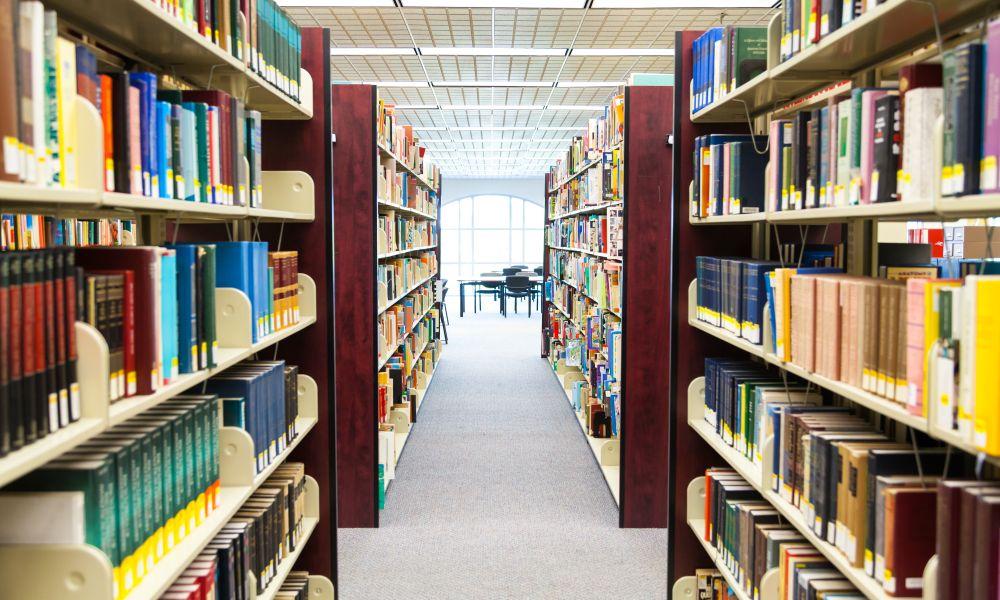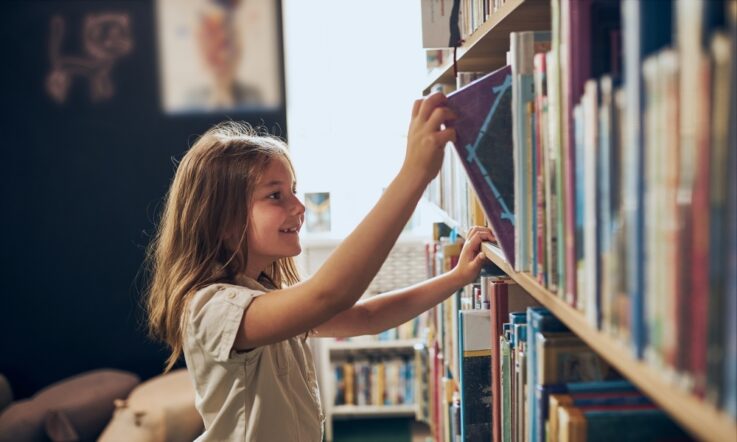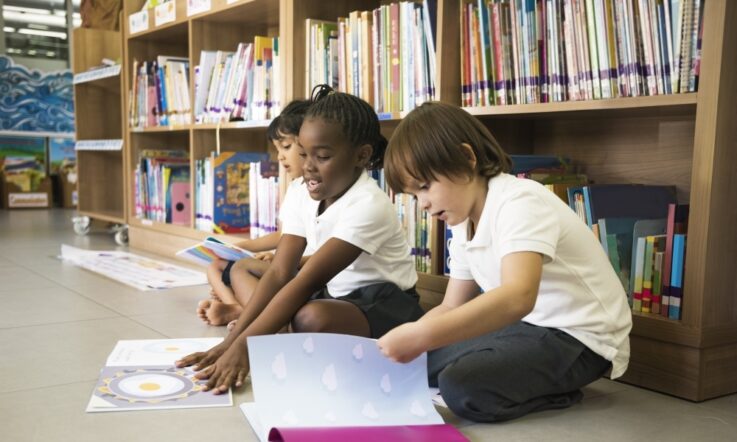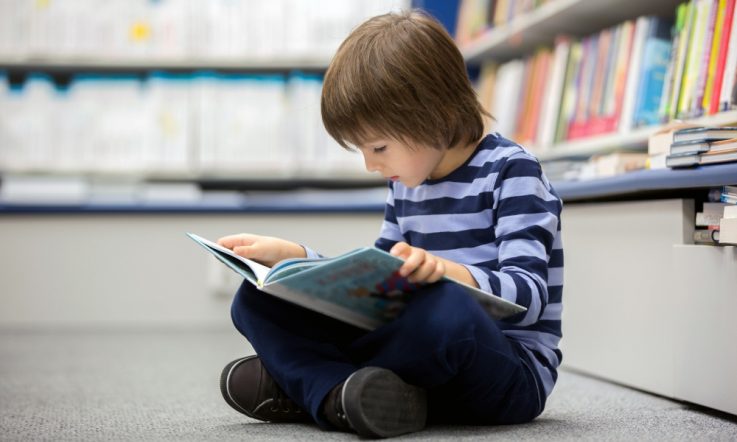Access to appropriate and high-quality reading materials is likely to support students to develop positive attitudes towards reading. For students who may not have access to appropriate books at home, school libraries can play a key role.
Released yesterday, the latest paper in the Australian Council for Educational Research (ACER) Snapshot series – Australian students’ access to and use of libraries – further explores Australian data from the 2021 Progress in International Reading Literacy Study (PIRLS). The PIRLS involves a reading assessment and survey of year 4 students around the world. Over 5,000 year 4 students in Australia participated in the 2021 cycle. Principals and classroom teachers of these students also completed questionnaires as part of the study.
Author of the Snapshot, ACER Senior Research Fellow Kylie Hillman tells Teacher: ‘This latest Snapshot is being released to coincide with International Children’s Book Day – April 2nd (that’s Hans Christian Anderson’s birthday) because I wanted to highlight the link between access to quality children’s books, reading literacy and school and local libraries.’
How many students have access to school libraries?
The Snapshot reveals that over 99% of year 4 students in Australia attend schools where there is a school library, and just over 90% of students are in classrooms where there is a classroom library or reading corner. Students appear to have access to a good range of titles in both school libraries (over 2,000) and classroom libraries (over 100).
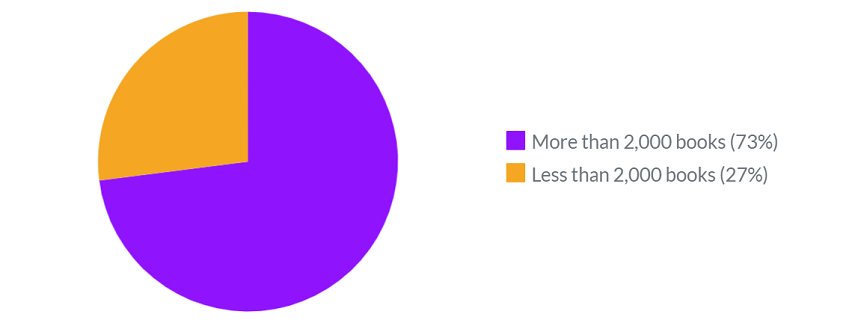
[The number of books in school libraries: adapted from Hillman, 2024]
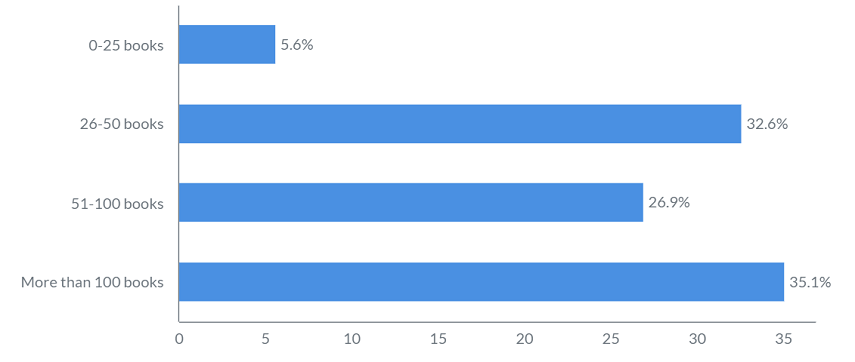
[Proportion of Australian year 4 students with access to classroom libraries of different sizes: adapted from Hillman, 2024]
‘Over 80% of Australian year 4 students were given time to use classroom libraries every day or almost every day and taken to the school or local library at least once or twice a week, according to their teachers,’ Hillman adds.
How many students are borrowing books regularly?
The Snapshot also reveals that only 56% of students borrow from any library at least once a week, around 30% borrow a few times a year (up to once or twice a month), and 13% said they never or almost never borrow from libraries.
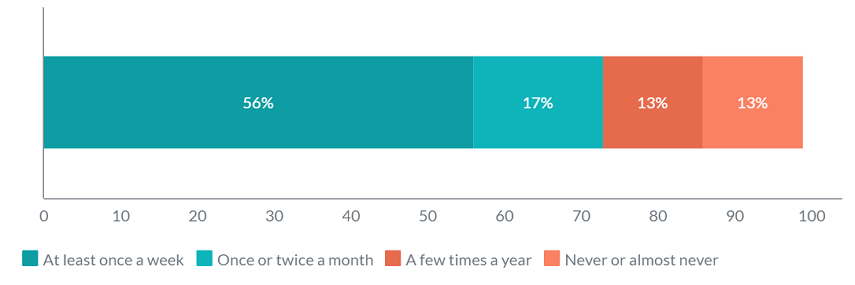
[Frequency of borrowing books from libraries according to Australian year 4 students, adapted from Hillman, 2024]
‘When we compared the average scores of students who told us that they never or almost never borrowed books from a library – any library – to the scores of students who borrowed books with some regularity (maybe once or twice a month up to at least once a week), students who don’t borrow books tend to score lower [in the PIRLS], by 20 to 30 points, on average,’ Hillman says.
She adds that it may be that students who aren’t strong readers, or who don’t enjoy reading, don’t borrow books, and don’t perform as well in the reading assessment. ‘But findings like this are a reminder that libraries, particularly school libraries, are key players in supporting the literacy development of young people.’
Not all students can borrow books from school libraries
Interestingly, the Snapshot reports that 7% of students are in schools where borrowing books from the library to take home to read is not allowed. Hillman tells Teacher she was surprised by this finding.
‘As a reader, it kind of threw me to think that you could have a library, apart from a university library or collection of first editions, that didn’t let you take a book home to enjoy. We didn’t ask schools why they had a no borrowing policy, and there may be practical reasons to have these policies. I’m pleased it doesn’t seem to be more widespread though, and that so many of our students seem to have regular access to a school, class or local library,’ Hillman says.
For students in this 7%, the Snapshot notes it is positive to see the regularity with which students are borrowing books does not differ from schools where students are allowed to take books home. ‘Presumably, students in schools that do not allow them to borrow books from the school library are accessing and using their local libraries to borrow books instead,’ the paper reads.
It was also found that 52% of students are allowed to take books home from a classroom library, but Hillman writes that this lower percentage is more understandable, especially if a classroom teacher has purchased the reading materials using their own money.
The important role of libraries and librarians
‘According to the latest PIRLS data, 29% of our year 4 students have few books in the home, which suggests that these students need to be getting books somewhere else, and that somewhere else is likely to be at school,’ Hillman tells Teacher.
‘School librarians can be an enormous help to parents and teachers who need help finding the right book for a young person, the book that is challenging enough without being overwhelming, that has the right setting, the right protagonist or the right theme that will resonate with the child and help them become a reader. Margaret Merga (2022) has written an entire book about the role school libraries play in literacy development, and I would recommend that anyone who has a particular interest in this area check it out.’
Read the full Snapshot, Australian students’ access to and use of libraries, here.
References
Hillman, K. (2024, April 02). Snapshots issue 17: Australian students’ access to and use of libraries. Snapshots. 17(17) https://research.acer.edu.au/snapshots/vol17/iss17/1
Merga, Margaret, K. (2022). School Libraries Supporting Literacy and Wellbeing. Facet Publishing.
Related Teacher content:
As a primary teacher, reflect on this research finding that 56% of year 4 students borrow from the library at least once a week. Do you know how many students in your school regularly borrow books from your school library? How could you work towards increasing the number of students borrowing books at least once a week?
